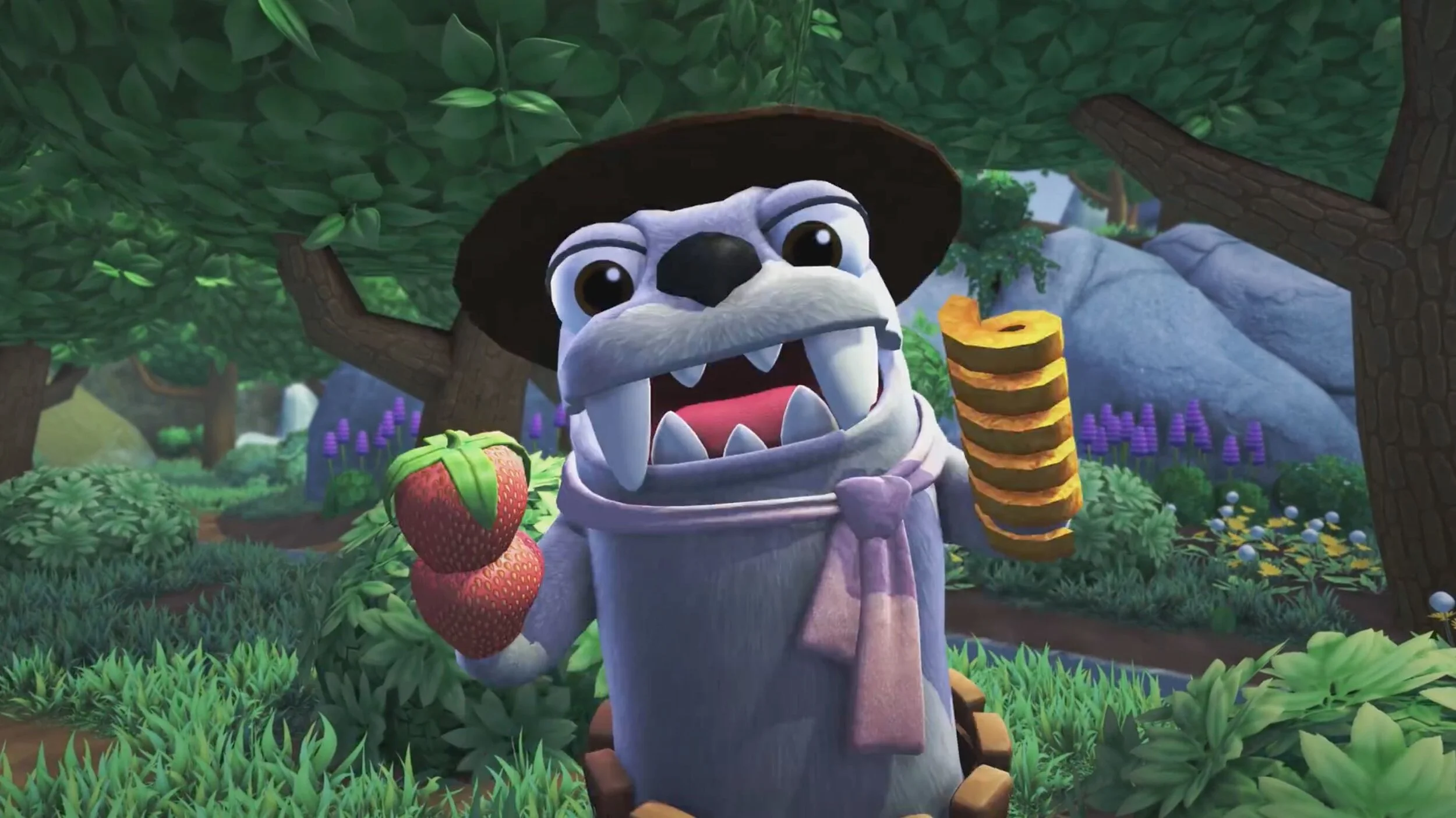Aim for Curiosity, Not Confusion
When I watched this trailer for The Underground King on my game trailer critique stream. The trailer overwhelmed me with information to such a degree I could barely form any takeaways. I think the intent was to have a high energy trailer which featured the racing, a world map with missions, and lots and lots of customizability. Beyond that I had trouble deconstructing any other design goals. When I finished watching the trailer I thought to myself: "Okay, what the heck is this game about?" This might sound like a good reaction, but it came from a place of confusion.
Here are the questions I had when I finished watching:
What is the point of racing in this game?
How do races vary if the vehicles seem fixed in place?
How much agency does the player have in a race?
Does customizing the driver or vehicle affect gameplay?
Does the game have a goal?
It's possible someone will look at this shot, pause, and try to figure out what's going on. I think it's more likely they won't care enough to make that effort.
Compare this to the recent hit trailer for Bugsnax. This trailer shows a world of creatures which are part bug and part snack, and when people eat them, their limbs turn into the corresponding snack. Similarly, I wondered to myself: "Okay, what the heck is this game about?" In this case it came from a place of curiosity.
Here are the questions I had when I finished watching:
What purpose does eating bugsnax serve in the game?
What is the sinister looking snack monster at the end?
I need to know more. NOW.
Why did one elicit confusion, and the other curiosity?
I think confusion is created when the brain cannot comprehend what it's being shown because of visual noise and information overload; this makes it difficult to make any connections. A good example is this trailer for Crystar where the on screen text and dialogue from each scene in the trailer feels like a bunch of random scenes.
I think curiosity is created when we understand what we see, but we want to know more. For example, I'm curious to know more about Bugsnax, I'm curious what I'll uncover in Minute of Islands, I'm curious to know who the voices in Observationbelong to, and I'm curious to know what is the source of the mysterious red light in this teaser for Somerville.
The questions I have for The Underground King indicate the developers have more work to do because something was lost in communication; this is not ideal because the trailer seems like it wanted to sum up everything about the game. The questions I have for Bugsnax indicate I clearly understood the information presented in the trailer, and my questions are things they intend to answer in the future.
When I saw this shot I thought I was going to get some clarity about the game, but after this sequence I still had so many questions.
This boils down to a difference in clarity. Unless creating confusion or disorientation is the goal, you cannot confuse the audience and expect them to feel satisfied. This is why I write so much about ways to mitigate confusion by reducing story clutter or reducing visual clutter by doing things like turning off the HUD when it's not essential to a particular shot.
It's also a difference in style. If trailers are a way to start a conversation, these two trailers went about it in very different ways. The Underground King wanted to say as much as possible in the hope the sheer volume of ideas would make me curious. Whereas Bugsnax said one or two things and hoped I'd be curious.
It is certainly possible someone will watch a confusing trailer, and then think to themselves: "I didn't understand any of that, I need to go to a store page to learn more," but the problem is even after reading a description and some bullet points, the only reference for what the game feels like might still be a confusing trailer. There are so many amazing games being released every single day that people have the luxury of only pursuing games they feel truly curious and excited about. It's a risky strategy for your trailer to overwhelm the audience with content in the hopes they'll be driven to learn more out of sheer confusion.
Why yes, I do want to know more about everything going on here.
If you truly want to create curiosity with your game trailer, I don't think a deluge or shotgun blast of information is the way to go. Find the one or two things which are either unique or a twist on an old idea, and show them in as clear a way as possible. If you're not sure what sort of curiosity you want to elicit from your audience, here's a list of suggestions:
What will happen next in the story?
How will that character resolve their situation?
What will I learn about these characters?
What will the answer to the mystery be?
What will this game make me feel?
What unique scenarios will that game mechanic create?
How will the game feel to play?
What will matches against other people be like?
What will I be able to create?
These are all great questions for people to have after watching a game trailer, as long as they come from curiosity!




